New Acropolis Museum
It is perhaps the only archaeological museum building in the world where such an extensive use of glass has been made.
Location
Timeline
Modern and Contemporary era (1821 - )
1976 The need to build a new museum due to the inadequacy of the old was expressed for the first time by the then Prime Minister Konstantinos Karamanlis.
1989 The minister Melina Merkouri, a staunch supporter of the Parthenon sculptures return from the British Museum, organised a call for tenders. The project was not awarded due to the unsuitability of the land plot.
2000 The last competition was finally awarded. The terms of the call for tenders included respect for E.U. legislation and the antiquities within the plot of land.
2003 The museum was officially founded. The architectural design was made by Bernard Tschumi and Michalis Fotiadis.
2009 Official opening of the Museum on June 20, 2009. Many world famous personalities were invited at the ceremony.

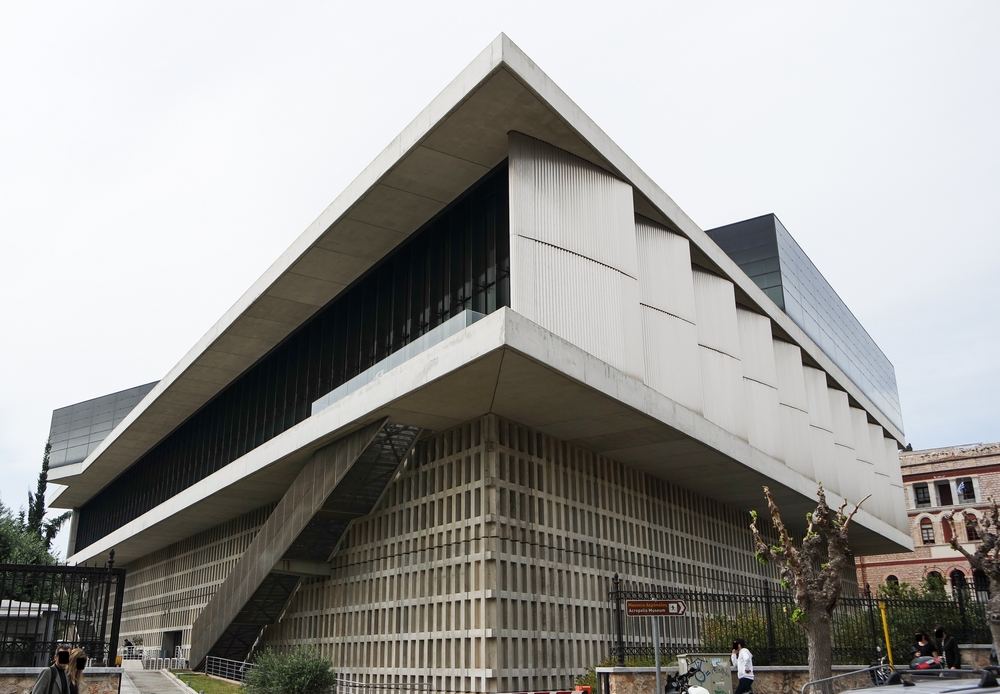
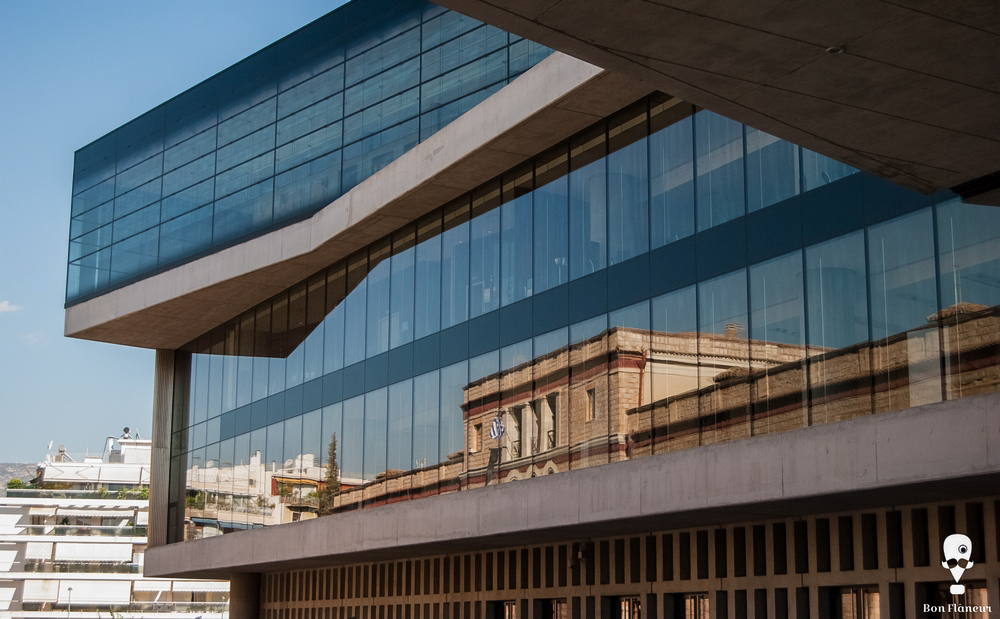
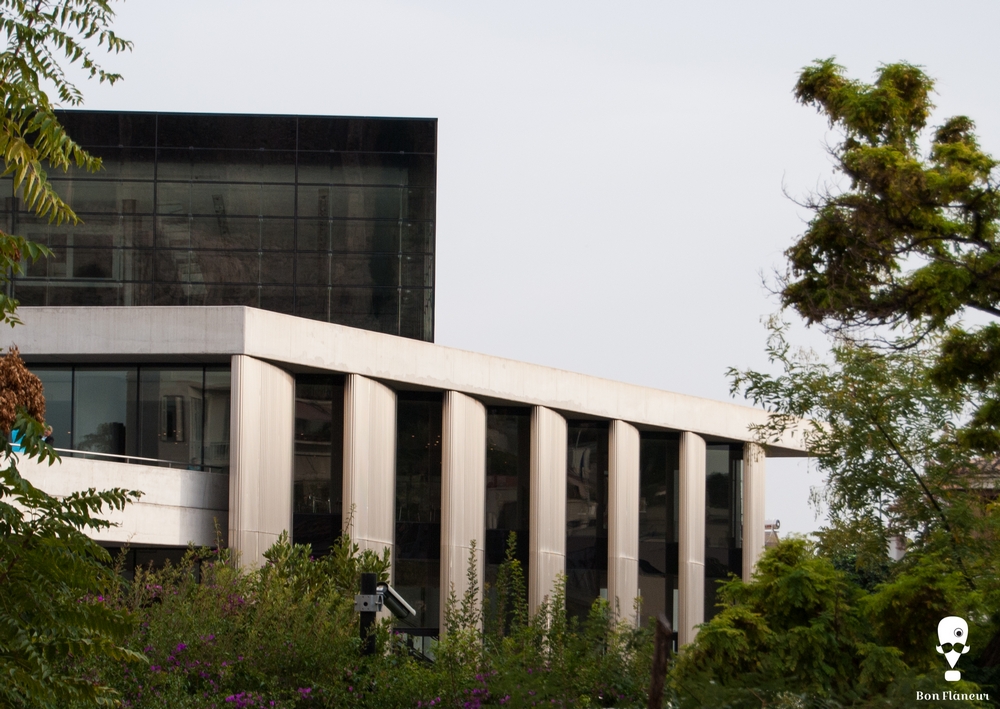
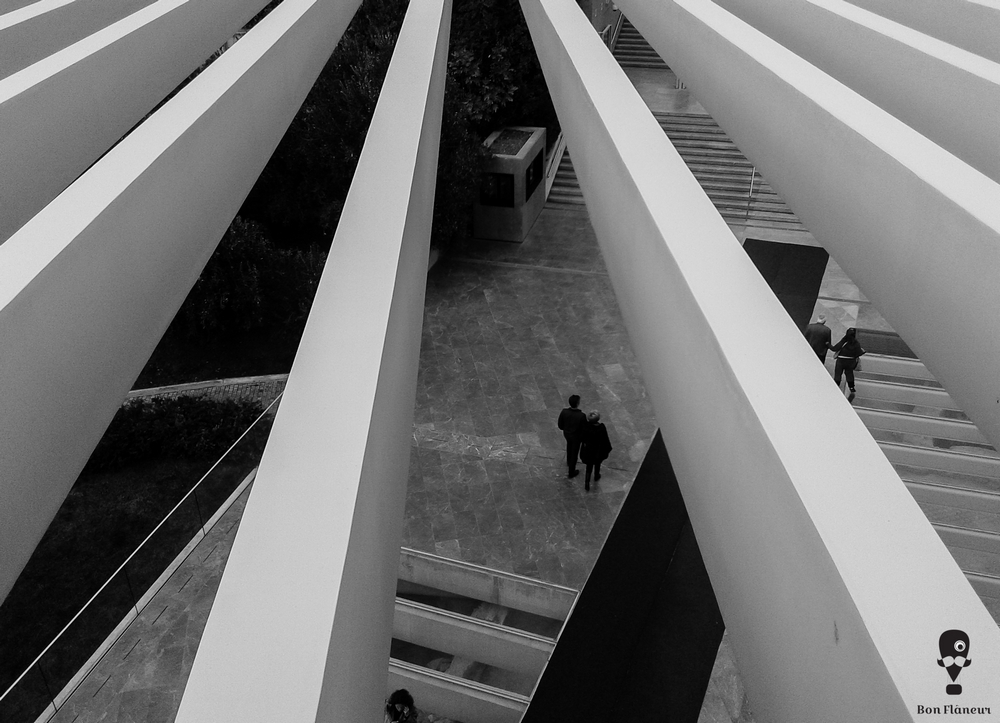
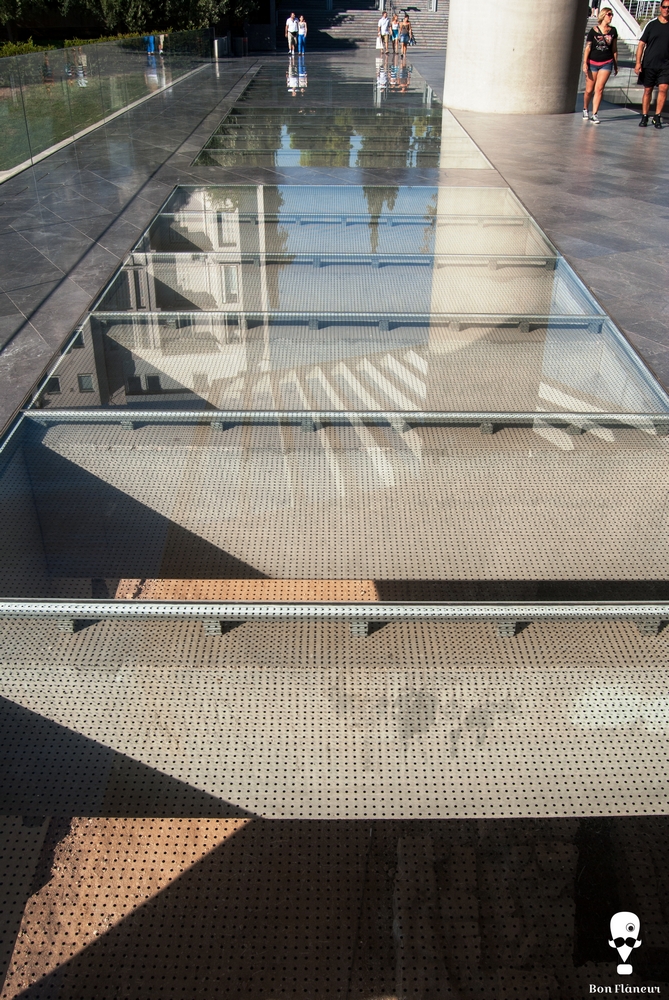
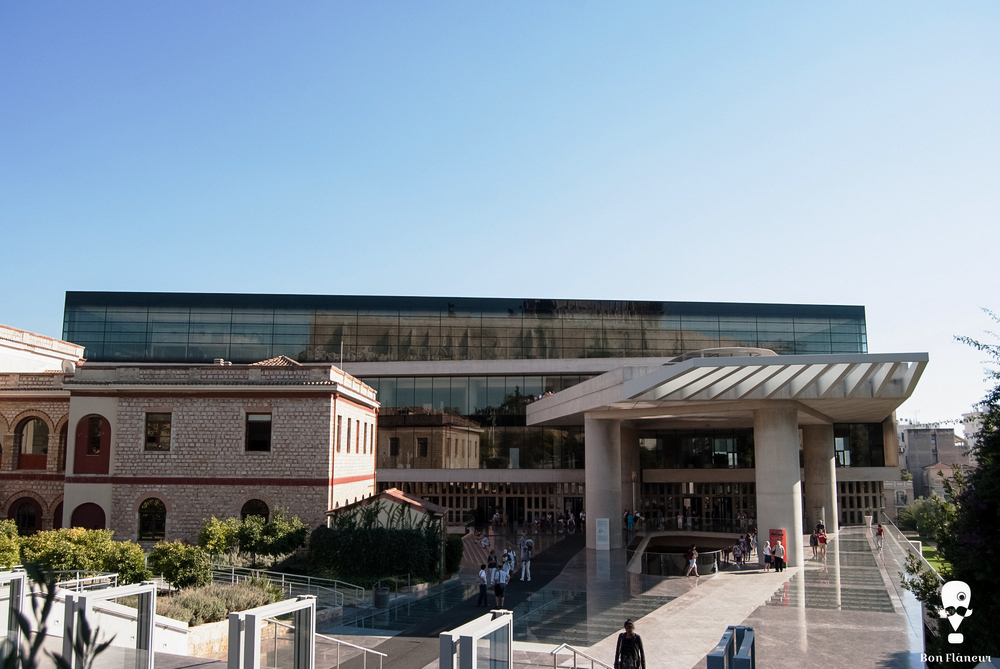
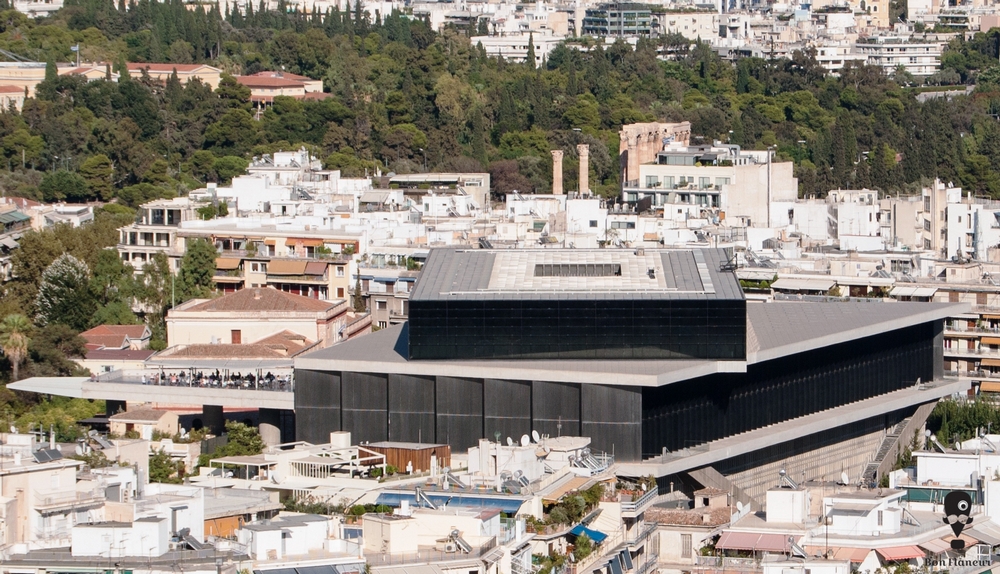
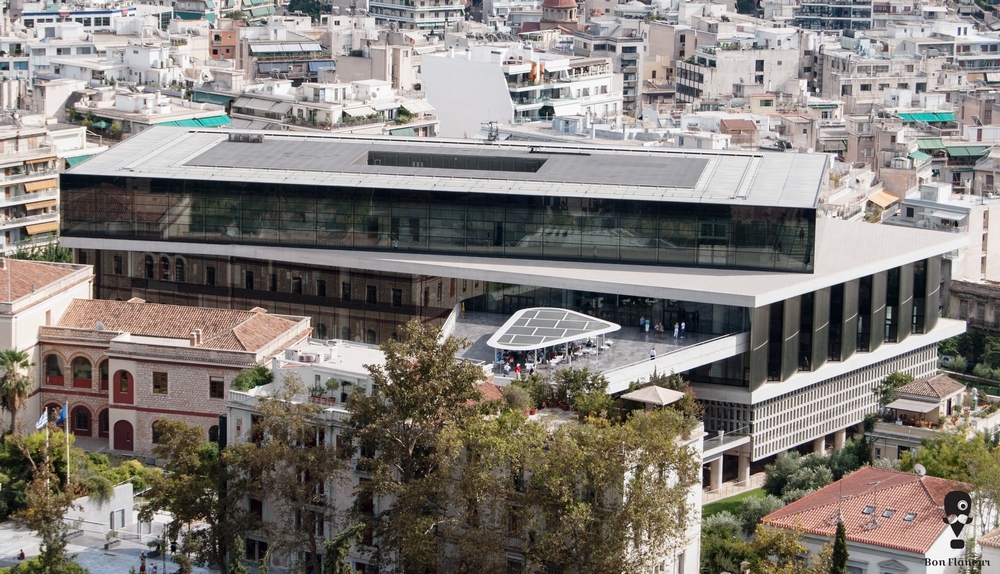
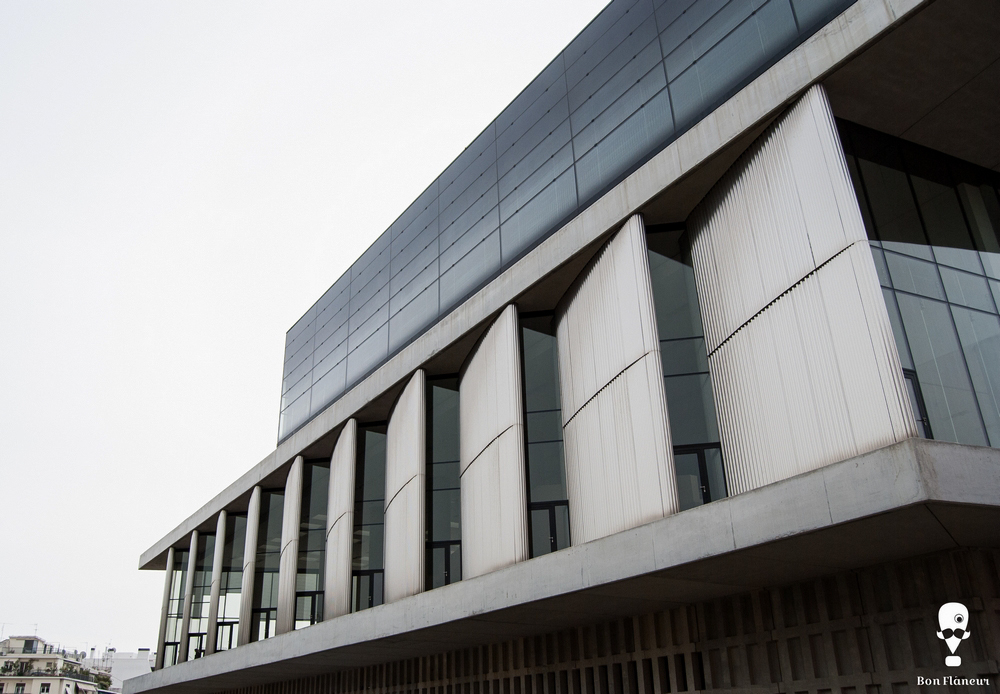

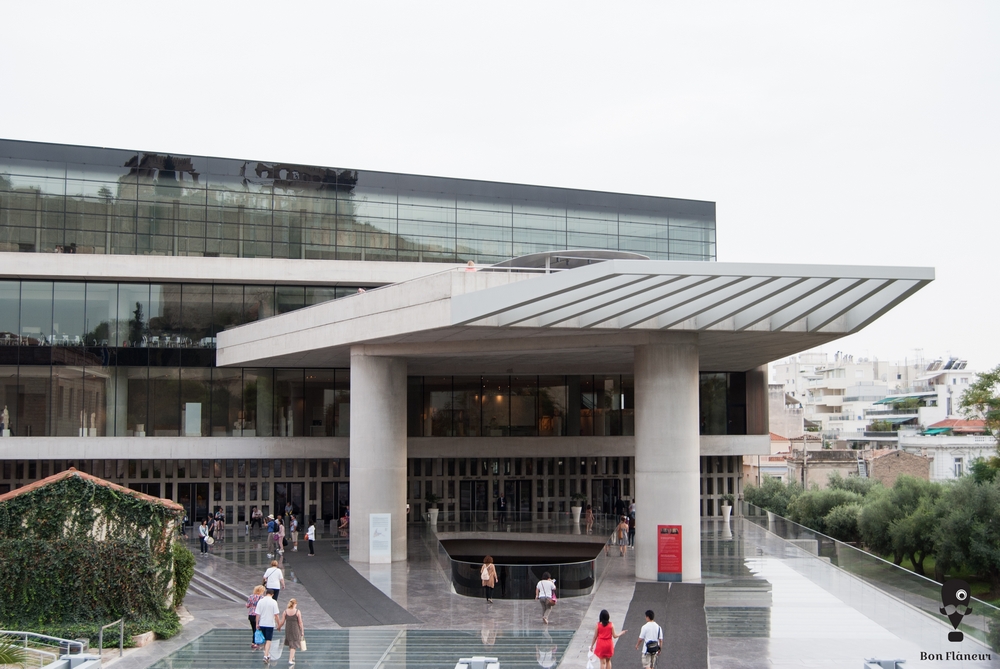
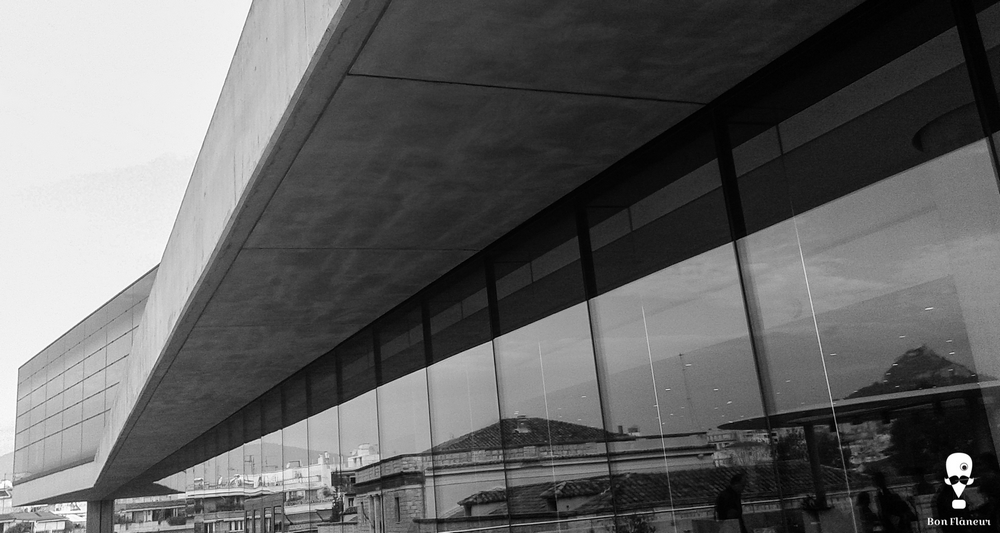


Share